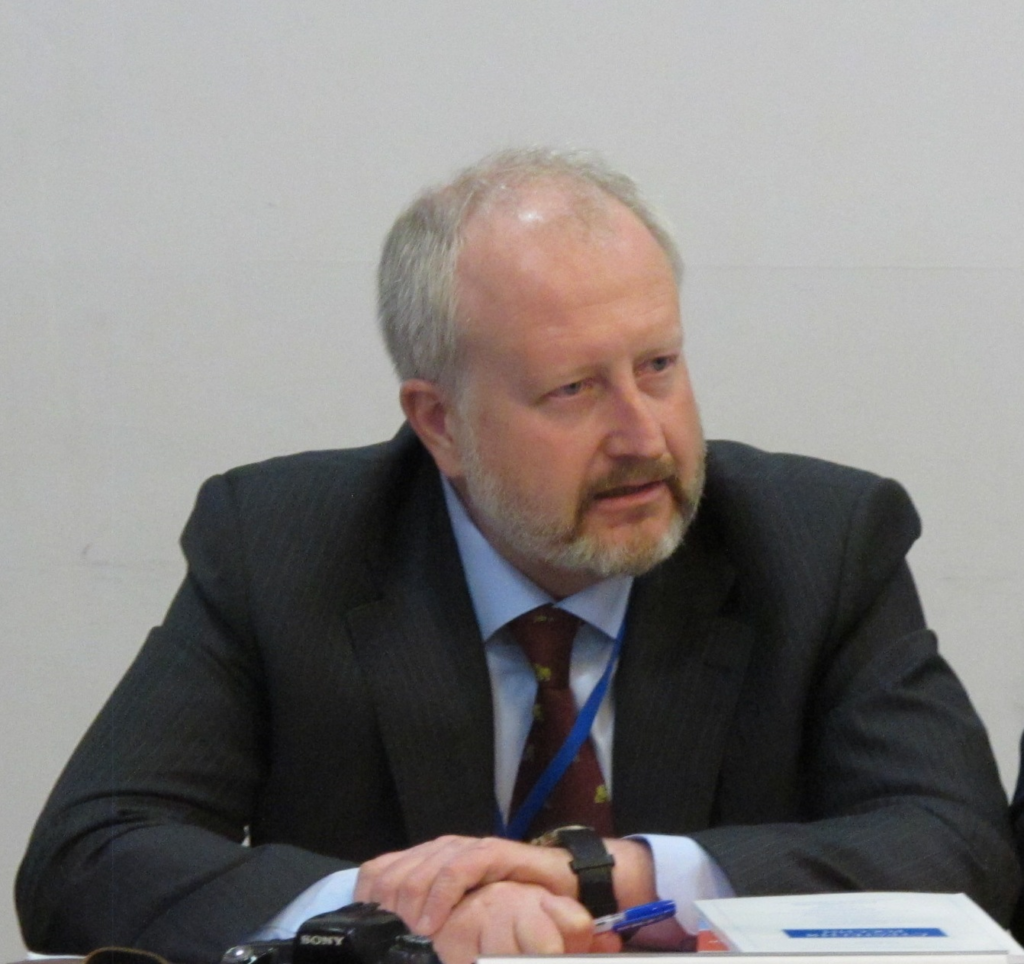Donald Trump is unwilling to get bogged down in the confrontations currently seen in Europe, in particular when it relates to Ukraine. He is doing his best to throw off this part of the agenda from the United States. That took Angela Merkel to Sochi earlier this month, the very Sochi that she was so shortsighted to ignore in February 2014.
The question “What is a new European security architecture?” now requires an immediate and clear answer.
The current European security architecture resembles a dilapidated bridge that people use only because no new bridge has been constructed. Time and again holes in this bridge are patched. However, leaning on the bridge railing is dangerous. Russia offers its own drawings of a new bridge from time to time, but neither political will nor creativity to launch the Russia plus Europe joint venture can be seen on the Western side.
So, will we just be sitting and waiting until the old bridge collapses? It is unacceptable. First, we need to increase the level of confidence in our capabilities. We need a successful pilot project for a new Europe, a major and ambitious one.
The revival of Ukraine must and can become such a project. It should be based on three legally binding pillars.
The first pillar is a guaranteed and legally binding neutral status of Ukraine, similar to that of Finland, Switzerland or Austria. Indeed, it should become a logical return to the Declaration of State Sovereignty of Ukraine (1990), which declared being “a permanently neutral state” as an objective… that has never been achieved since then. The second pillar should be ensuring and guaranteeing respect for human rights, including language issues, throughout Ukraine from its West to Donetsk and Lugansk. The third pillar should be Russia and Europe’s joint economic assistance to Ukraine, aimed to facilitate Ukraine’s recovery, under a condition that the country manages to eliminate their record-breaking corruption and poor public administration.
We can easily hear skeptics claiming that Europe will never accept Ukraine as a neutral state. But is it really so? Not only the United State, but also Europe are exhausted with Ukraine. This fatigue leads to a more active search for a way out. Recently, NATO Secretary General Jens Stoltenberg, responding at a meeting in Geneva to a question raised by one of us, confirmed that NATO could accept Ukraine as a neutral state if it would be a choice made by the Ukrainian nation.
Being focused on the historical examples of Finland, Switzerland or Austria, well-off European countries, we intentionally emphasize their military neutrality but we do not link it with the issue of economic partnerships.
Ensuring equal rights for all people in Ukraine is another issue that will require taking into consideration Europe’s experience. The situation is so neglected that it might be too late to address this issue through providing autonomy a la Aland Islands. It is more and more likely that the issue of federalization may appear on the agenda.
We have been now analyzing the best-case scenario. However, we cannot ignore the fact that the “war party” is on the rise in Ukraine, desperately trying to catch Trump’s attention. It is a critical moment. The risk of provocations based on a Tskhinvali-2 scenario is, in our assessment, increasing. What will be the outcome then? Obviously, it will lead to a new escalation of the conflict, eventually resulting in the balkanization of Ukraine. In this case, Ukraine would become a geopolitical sacrifice… but what for? For writing off multi-billion-dollar international loans to the benefit of Ukrainian oligarchs? For further demonization of Russia to continue keeping the sanctions against it?
If this is not the goal of Europe, then Europe should urgently warn the chevaliers of fortune in Kiev against any attempts of self-affirmation through bloodshed. The next step should be Europe and Russia joining their forces in preparation of mutually acceptable drawings of the new European security architecture emphasizing a sustainable solution for Ukraine.
If we are successful on this direction, then a détente over Ukraine could and should lead to a new détente in all Europe.
An earlier and shorter version of this article appeared in Kommersant Daily (in Russian) on May 5, 2017.




